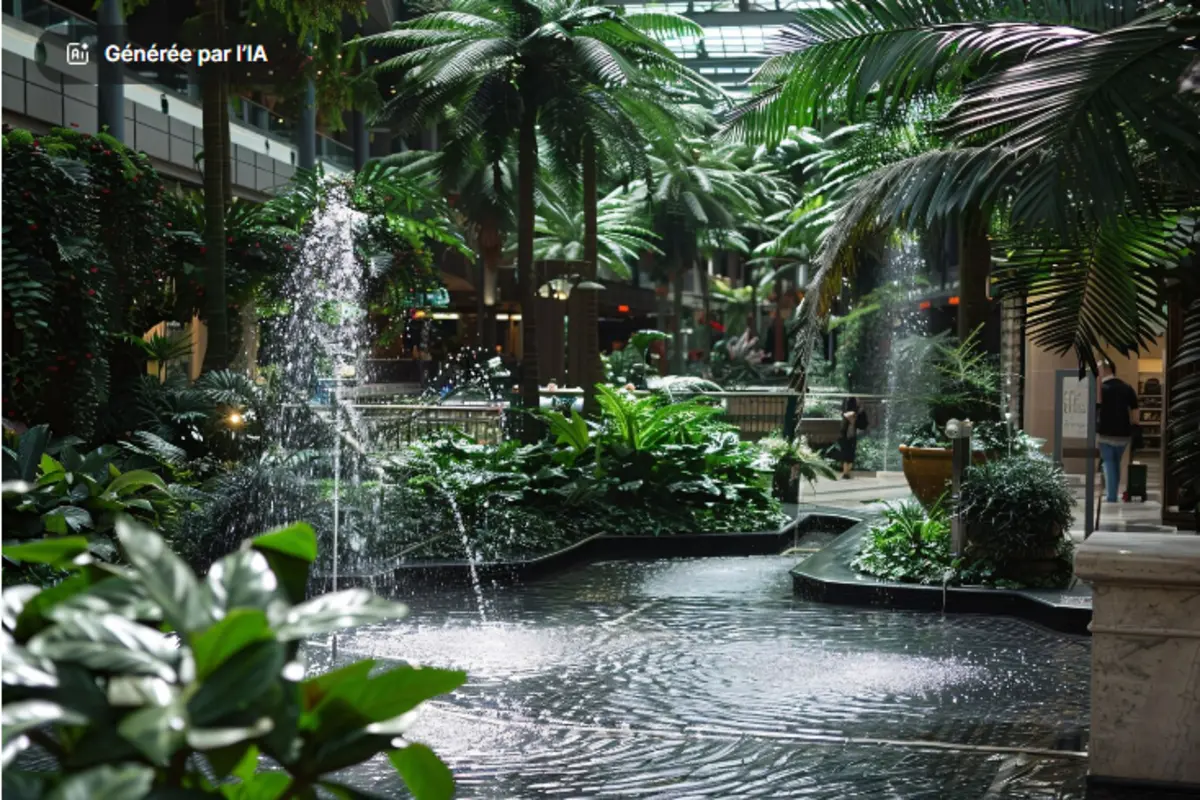بواسطة [qtool]
مقدمة
London’s architectural landscape is a testament to its rich history, cultural heritage, and status as a global financial and cultural hub. From iconic landmarks that date back centuries to contemporary skyscrapers that redefine its skyline, the city’s architecture reflects its evolution through time. This article explores the journey of London’s architecture, tracing the development from historic structures to the modern marvels that shape its skyline today.
Historic Landmarks: Icons of London’s Past
London is home to numerous historic landmarks that showcase its architectural heritage and cultural significance. These landmarks have withstood the test of time and continue to captivate visitors from around the world.
1. Tower of London
Built in the 11th century by William the Conqueror, the Tower of London is a symbol of Norman military architecture. It has served various roles throughout history, including as a royal palace, prison, and treasury.
2. Westminster Abbey
Founded in the 10th century, Westminster Abbey is renowned for its Gothic architecture and has been the site of numerous royal coronations, weddings, and burials. It is a UNESCO World Heritage site.
3. St. Paul’s Cathedral
Designed by Sir Christopher Wren and completed in 1710, St. Paul’s Cathedral is an iconic example of English Baroque architecture. Its dome is a prominent feature of London’s skyline.
Victorian and Edwardian Architecture
During the 19th and early 20th centuries, London experienced rapid urbanization and industrialization, leading to the construction of grand buildings and residential areas characterized by Victorian and Edwardian architecture.
1. British Museum
Founded in 1753, the British Museum underwent expansions during the Victorian era, adding neoclassical elements to its architecture. It houses a vast collection of art and artifacts from around the world.
2. Albertopolis
Named after Prince Albert, Albertopolis in South Kensington is a cultural and scientific quarter featuring Victorian-era institutions such as the Natural History Museum, Victoria and Albert Museum, and Royal Albert Hall.
3. London Underground
The construction of the London Underground, the world’s first underground railway, began in the mid-19th century. The stations and tunnels reflect Victorian engineering and architectural styles.
Modern Architecture: Redefining London’s Skyline
In the 20th and 21st centuries, London has embraced modern architectural styles, with skyscrapers and contemporary structures reshaping its skyline and urban landscape.
1. The Shard
Designed by architect Renzo Piano and completed in 2012, The Shard is Western Europe’s tallest skyscraper. Its glass facades and pyramid-like shape have become iconic symbols of London’s modernity.
2. The Gherkin
Officially known as 30 St Mary Axe, The Gherkin is a distinctive skyscraper designed by Norman Foster and completed in 2003. Its unique curved glass facade and energy-efficient design have garnered international acclaim.
3. Canary Wharf
Once a docklands area, Canary Wharf has transformed into a major financial district characterized by futuristic skyscrapers like One Canada Square and the HSBC Tower, reflecting London’s global financial status.
Future Trends and Sustainability
As London continues to grow and develop, future architectural trends emphasize sustainability, innovation, and urban regeneration. Projects such as green buildings, adaptive reuse of historic structures, and smart city initiatives aim to create a more sustainable and resilient cityscape.
خاتمة
London’s architectural evolution from historic landmarks to modern skyscrapers reflects its dynamic journey through time, blending centuries-old heritage with contemporary innovation. As the city continues to evolve, its architecture remains a powerful testament to its cultural richness, economic vitality, and status as a global metropolis. By preserving its historic landmarks and embracing modern design principles, London ensures a harmonious balance between its storied past and progressive future.


